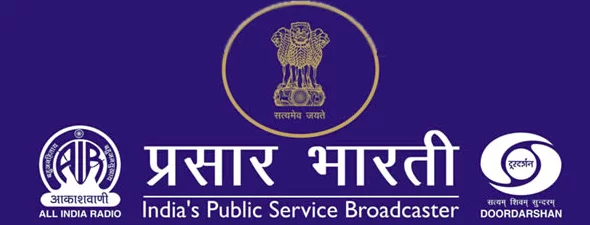Doordarshan is all set to erase its ‘old-fashioned’ tag and has decided to revamp itself to have a wider reach across the country. The public broadcaster is planning to provide television channels directly on smartphones, without using internet or telecom broadband. As per its plan, the viewers will get to watch 20 free-to-air channels and 20 radio-channels, without any payment or extra equipment. In addition to top DD channels, the 20 free-to-air channels will also include popular channels operated by private broadcasters reports ET.

"Each viewer will be able to view the content through a dongle attached to a hand-held device, which ultimately could be inbuilt into their system by hardware manufacturers like Samsung, Apple, Microsoft and HCL, as was done for FM radio channels," said Jawahar Sircar, Chief Executive Officer, Prasar Bharati.
"When the world was moving from terrestrial to satellite, Doordarshan was only moving backward. Now the only way to leapfrog is to use the existing infrastructure along with new technologies," Sircar added. The new initiative is to attract the new generation on-the-go viewers, who spent their maximum time on smartphones and tablets. The plan would enable the broadcaster to cover a larger geographical area than the coverage of current DD.
On its technical side, Prasar Bharati need to upgrade its existing infrastructure. “Unlike the 4G services, the need for spectrum would not be linked to the number of users,” said Sircar. He compared DD’s technology with the one used by telecom operators to stream video and audio content. "The Digital Terrestrial Television (DTT) technology is in a position to compete successfully against OTT (Over-the-Top) technology and meet the target of seamless streaming into over 200 million smartphones and tablets," Sircar elucidated.
The project is self-funded and hence, Prasar Bharati aims to charge the private broadcasters for featuring their free-to-air channels through this project. Also, it decides to join hands with private broadcasters for marketing and advertising of the project.
The blue-print of the plan is already handed over to the Ministry of Information and Broadcasting. The pilot project is already on course in Delhi, performing in-house tests using imported dongles.
Although sounds novel, the technology may face hurdles on several fronts like mobile device adaptability, content exclusivity and also on the smartphone reach across the country.
Source: ET















